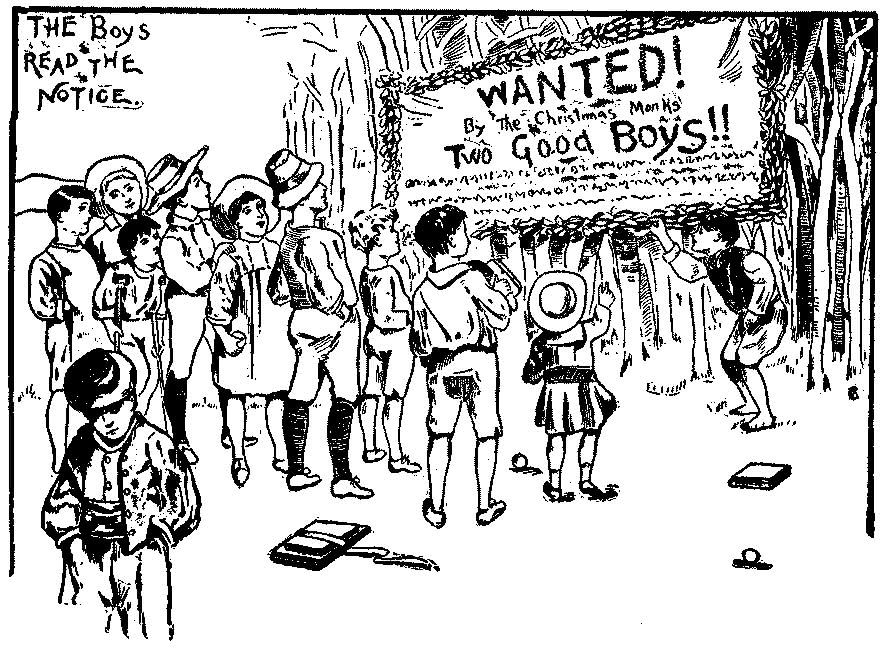The April 4, 1882 issue of the children’s magazine Harper’s Young People featured A Little Gentleman, a children’s poem by the esteemed Margaret E. Sangster. I have reprinted a number of Sangster poems here at The New Leaf Journal.

In this post, I will reprint A Little Gentleman and offer some additional thoughts and commentary after the excellent poem.
Reprinting “A Little Gentleman” by Margaret E. Sangster
His cap is old, but his hair is gold,
And his face is clear as the sky;
And whoever he meets, on lanes or streets,
He looks him straight in the eye,
With a fearless pride that has naught to hide,
Though he bows like a little knight,
Quote debonair, to a lady fair,
With a smile that is swift as light.
Does his mother call? Not kite, or ball,
Or the prettiest game, can stay
His eager feet as he hastes to greet
Whatever she means to say.
And the teachers depend on the little friend
At school in his place at nine,
With his lessons learned and his good marks earned,
All ready to toe the line.
I wonder if you have seen him too,
This boy, who is not too big
For a morning kiss from mother and Sis,
Who isn't a bit of a prig,
But gentle and strong, and the whole day long
As merry as boy can be.
A gentleman, dears, in the coming years,
And at present a boy for me.
Analysis
Sangster’s A Little Gentleman is, in my view, one of the better children’s poems that I have featured here at The New Leaf Journal. The hero of Sangster’s poem sets an example for other young boys, much like her George Washington did in another Sangser poem that I re-printed. This boy, however, is the down-to-Earth example for young readers. The boy carried himself with dignity while respecting his elders. He heeded his mother’s call always, no matter what he was doing. The boy was a model student, but never full of himself. The conclusion is written from the view of a parent: “A gentleman, dears, in the coming years / And at present a boy for me.”
When considering the poem as a children’s poem, I am struck by the clarity of Sangster’s writing. She presumes that the young boys and girls who are reading her poem are intelligent, but writes in a way that is always crisp and to the point. Were a reader to be unsure, for example, about the meaning of debonair or prig, he or she would have terrific usage examples from the verses alone.
While Sangster’s poem was written in a different time and place, the content is evergreen and would make great reading for young boys and girls of any era.